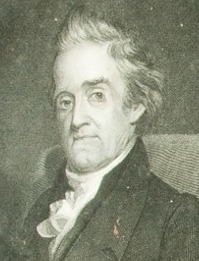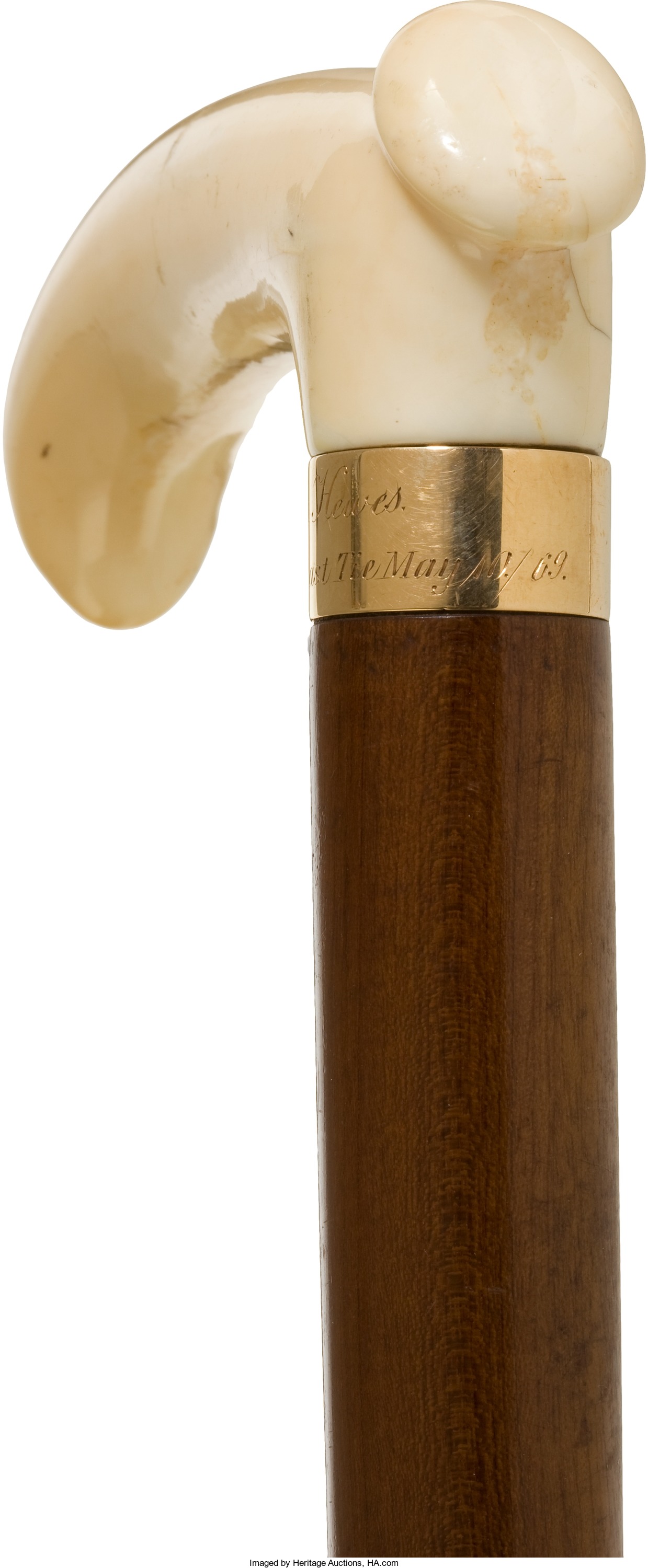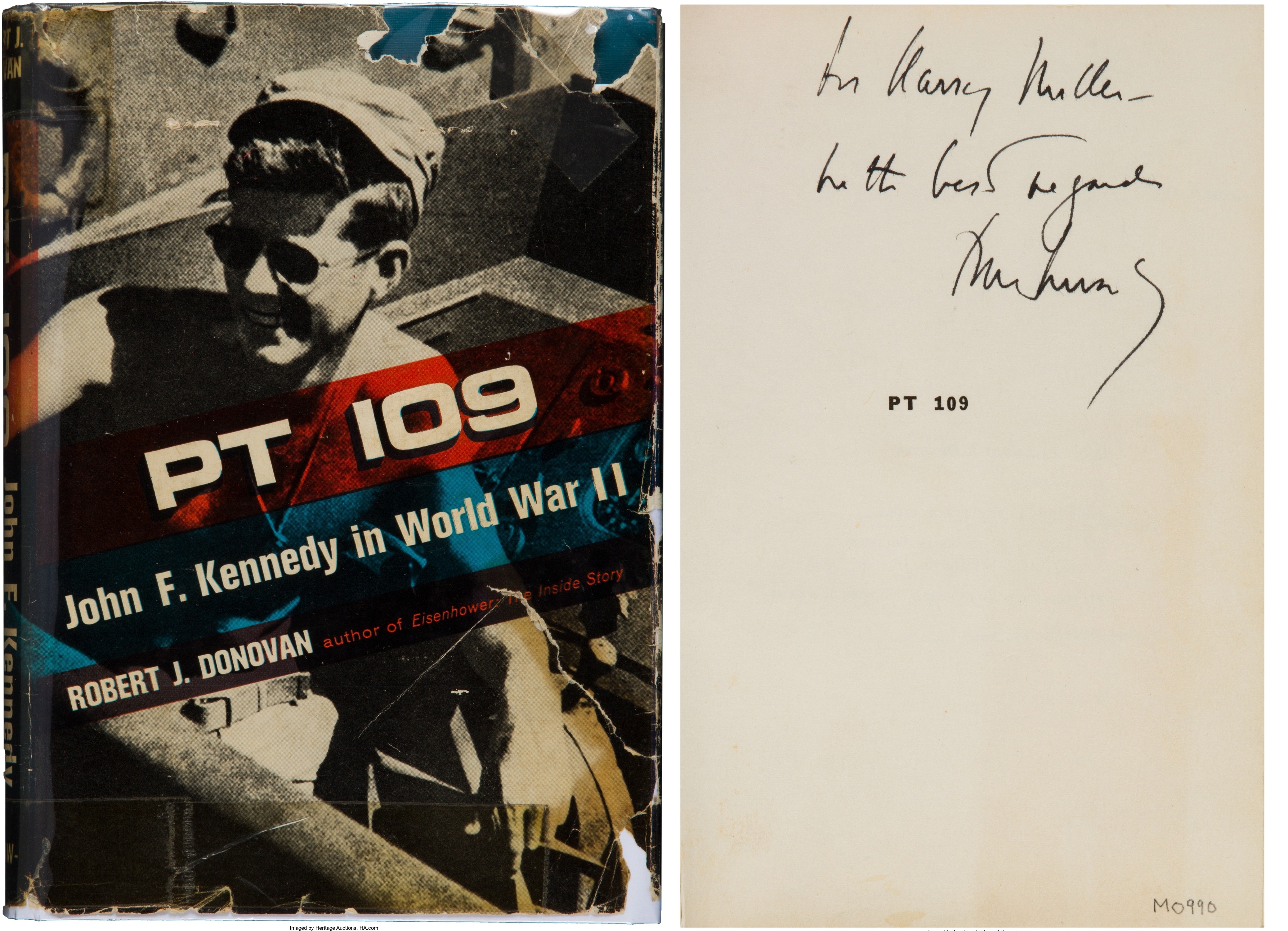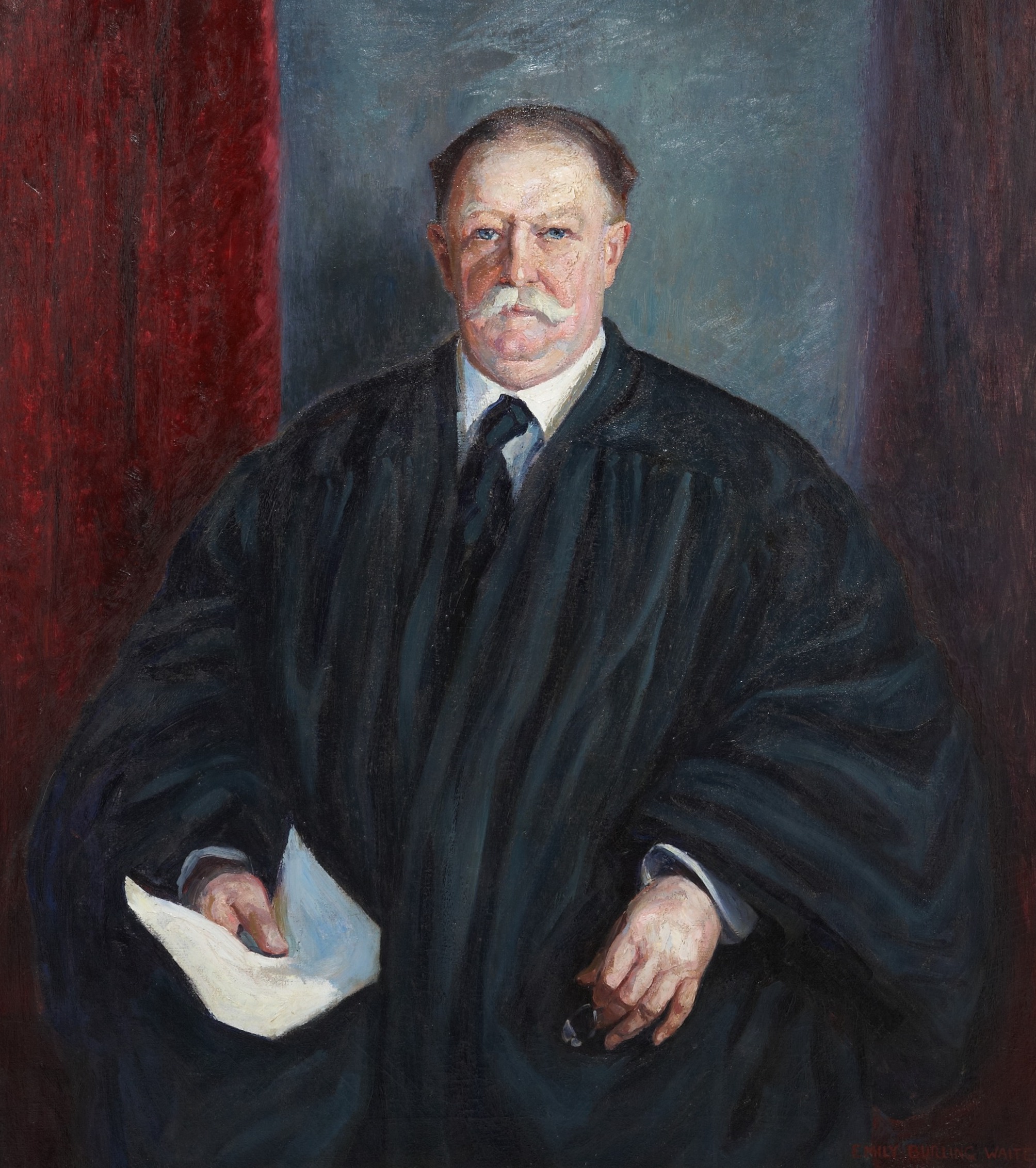
By Jim O’Neal
In 1776, Scottish economist, philosopher and teacher Adam Smith wrote The Wealth of Nations, a book that helped create a new understanding of modern economics. A pervasive theme was the idea that any economic system could be automatic and self-regulating if it was not burdened by monopolies or artificial trade barriers. This theory has become widely known as “the invisible hand.” It heavily influenced my favorite economist Milton Friedman and his Free to Choose basic philosophy.
One highly topical insight was that slavery was not economically viable and contributed to inefficient markets. Aside from the obvious moral issue, Smith believed slave owners would benefit by switching to a wage-labor model, since it was much more inexpensive to hire workers than own them and provide decent conditions. Buying slaves was much more costly due to ongoing expenses of feeding, housing and caring for workers with a high mortality rate, workers who eventually would have to be replaced.
In the United States, there was also a major disconnect between the concepts of all men being created equal and the cruel practice of slavery, which was prevalent especially in the agrarian states of the South. Although many sincerely believed that slavery would gradually die out, powerful Southern states needed some kind of assurances before they agreed to the new federal Constitution. Section 9 Article 1 of the Constitution barred any attempt to outlaw the slave trade before 1808. Other provisions prohibited states from freeing slaves who fled from other states, and further required them to return “chattel property” (slaves) to their owners. Kicking the issue down the road 20 years enabled the delegates to reach a consensus.
Historian James Oliver Horton wrote about the power slaveholder politicians had over Congress and the influence commodity crops had on the politics and economy of the entire country. A remarkable statistic is that in the 72 years between the election of George Washington (1788) and Abraham Lincoln (1860), in 50 of those years, the president of the United States was a slaveholder; as was every single two-term president.
The passage in 1807 of the Act of Prohibiting Importation of Slaves in America, and the Slave Trade Act in Great Britain marked a radical shift in Western thinking. Even as late as the 1780s, the trade in slaves was still regarded as natural economic activity. Both U.S. and European colonies in the Caribbean depended on slave labor, which was relatively easily obtained in West Africa.
However, it was really the invention of the cotton gin by Eli Whitney in 1793 that dramatically extended the abhorrent practice of slavery. Cotton was suddenly transformed from a labor intensive, low-margin commodity with limited demand into a highly lucrative crop. Production in Southern states exploded as demand skyrocketed. The number of slaves grew concurrently from 700,000 in 1790 to 3.2 million by 1850. The United States quickly grew into the largest supplier in the world and snagged 80 percent of the market in Great Britain, whose appetite seemed insatiable.
As an economist, Adam Smith was undoubtedly right about hiring workers versus owning them, but everybody was too busy getting rich to worry about optimizing labor costs. And the more demanding abolitionists in the industrializing North denounced slavery the more Southern states were determined to retain it. It would take a bloody four-year Civil War and 630,000 casualties to settle it.
Harry Truman once explained why he preferred one-armed economists: It was because they couldn’t say “On the other hand…”
 Intelligent Collector blogger JIM O’NEAL is an avid collector and history buff. He is president and CEO of Frito-Lay International [retired] and earlier served as chair and CEO of PepsiCo Restaurants International [KFC Pizza Hut and Taco Bell].
Intelligent Collector blogger JIM O’NEAL is an avid collector and history buff. He is president and CEO of Frito-Lay International [retired] and earlier served as chair and CEO of PepsiCo Restaurants International [KFC Pizza Hut and Taco Bell].













